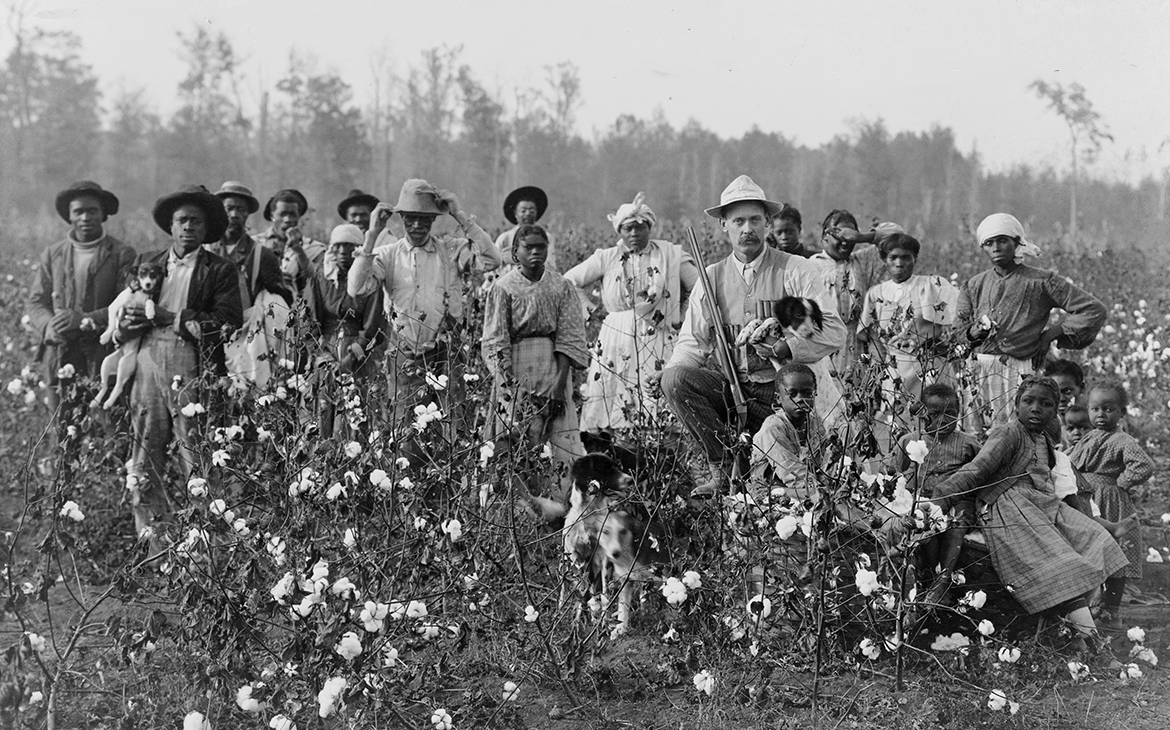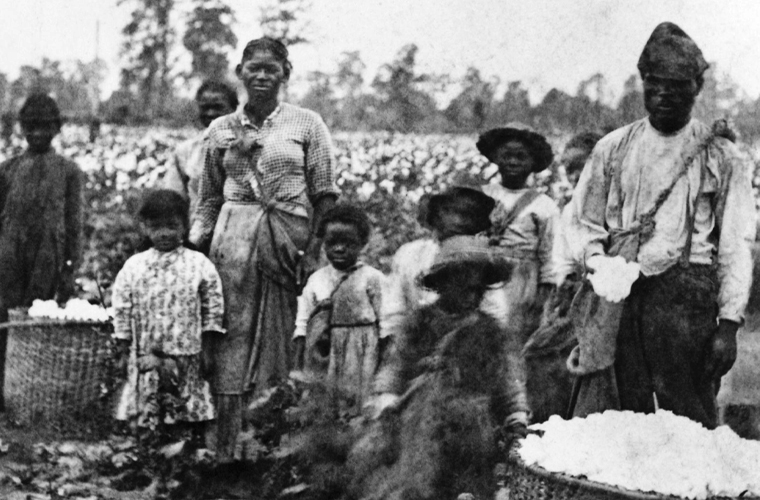Cotton plantations refer to large-scale agricultural operations that specialize in the cultivation of cotton. These plantations are typically found in warm and humid regions, such as the southern United States, India, and parts of Africa. In the context of history, cotton plantations played a significant role in the economic development of many countries, particularly during the period of European colonization and the subsequent slave trade. In the United States, for example, cotton plantations were a major contributor to the country’s economy in the 18th and 19th centuries, particularly in the southern states, where slavery was used to provide the necessary labor force.

The cultivation of cotton on plantations involved a number of processes, including planting, irrigating, weeding, and harvesting. Typically, large amounts of land were required for cotton plantations, and the use of machinery and technology was limited, making the process labor-intensive. The use of slave labor on cotton plantations was particularly harsh, with enslaved people being forced to work long hours in difficult and dangerous conditions. Despite this, the demand for cotton remained high, and the profits generated by cotton plantations made them a valuable asset for plantation owners and investors.
Today, cotton plantations continue to exist in many parts of the world, but the use of modern technology and machinery has greatly increased efficiency and reduced the need for manual labor. However, there are still concerns over the environmental impact of large-scale cotton cultivation, particularly in relation to water usage and pesticide use.

